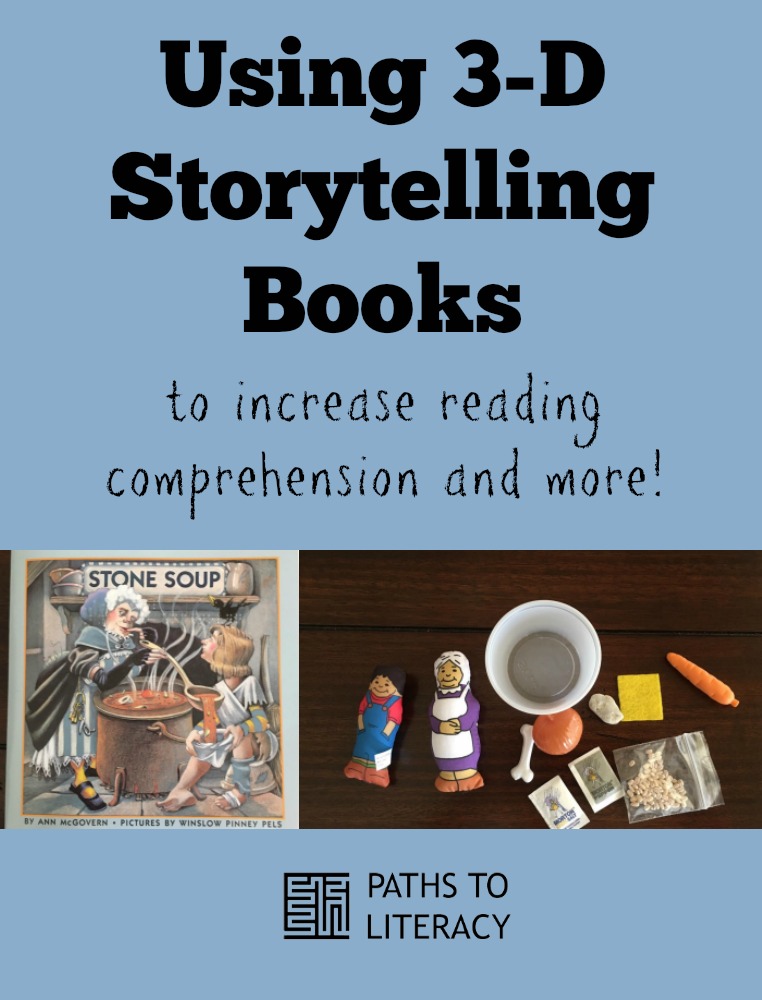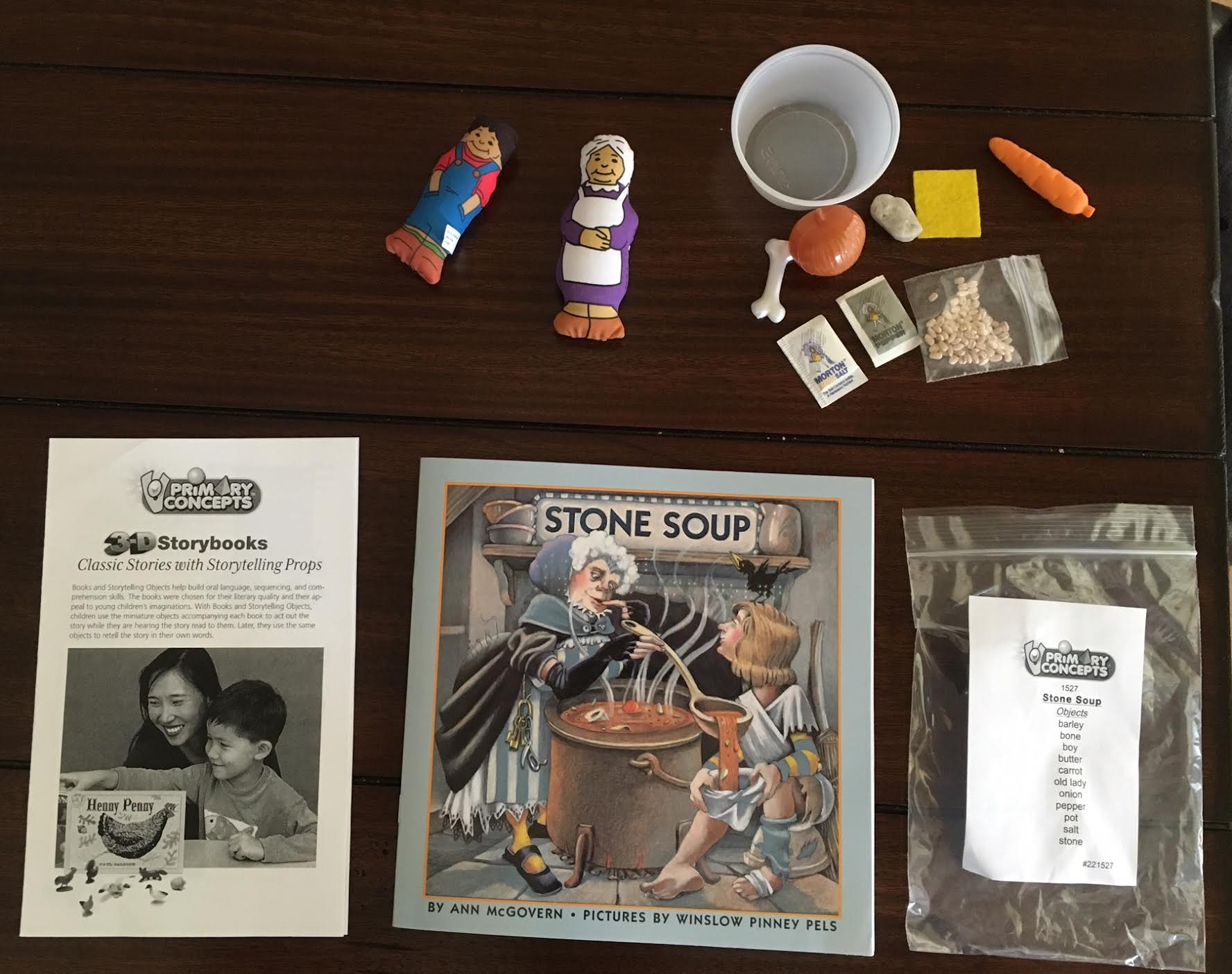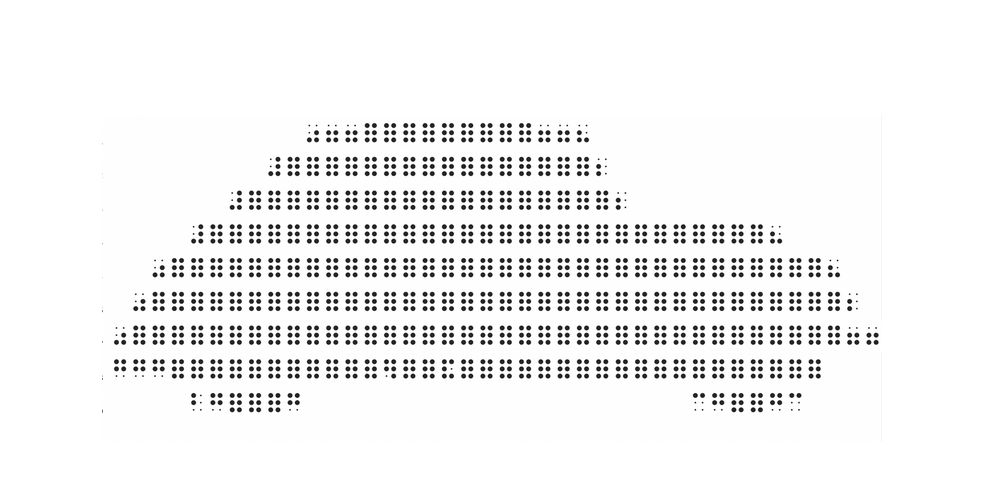I have 2 beginning braille students and one intermediate braille student. Last spring the Speech Therapist, the OT, and I collaborated on how to help one of the students with his reading comprehension. Our Speech Therapist found 3-D Storybooks of classic stories. These stories come with storytelling props, so the student can act out the story or engage in other related activities.
This is similar to a story box in some ways, but makes use of miniatures and is appropriate for braille readers in the elementary grades. Please note that students with visual impairments should begin with real objects, rather than miniatures.
Materials
- 3-D Storybooks with props, which are available from Primary Concepts. They have 24 books posted on their site at the time of this writing.
- Braille embosser or labels
The vendor states that 3-D Storybooks are classic storybooks with storytelling props. “Books and story telling objects help build oral language, sequencing, and comprehension skills. The books were chosen for their literary quality and their appeal to young children’s imaginations. With Books and Storytelling Objects, children use the miniature objects accompanying each book to act out the story while they are hearing the story read to them. Later, they use the same objects to retell the same story in their own words.”
Titles include classics such as Goodnight Moon, Henny Penny, If You Give a Mouse a Cookie, and more.
The example below of Stone Soup includes the book, as well as the following miniature props: barley, bone, boy, butter, carrot, old lady, onion, pepper, pot, salt, stone.
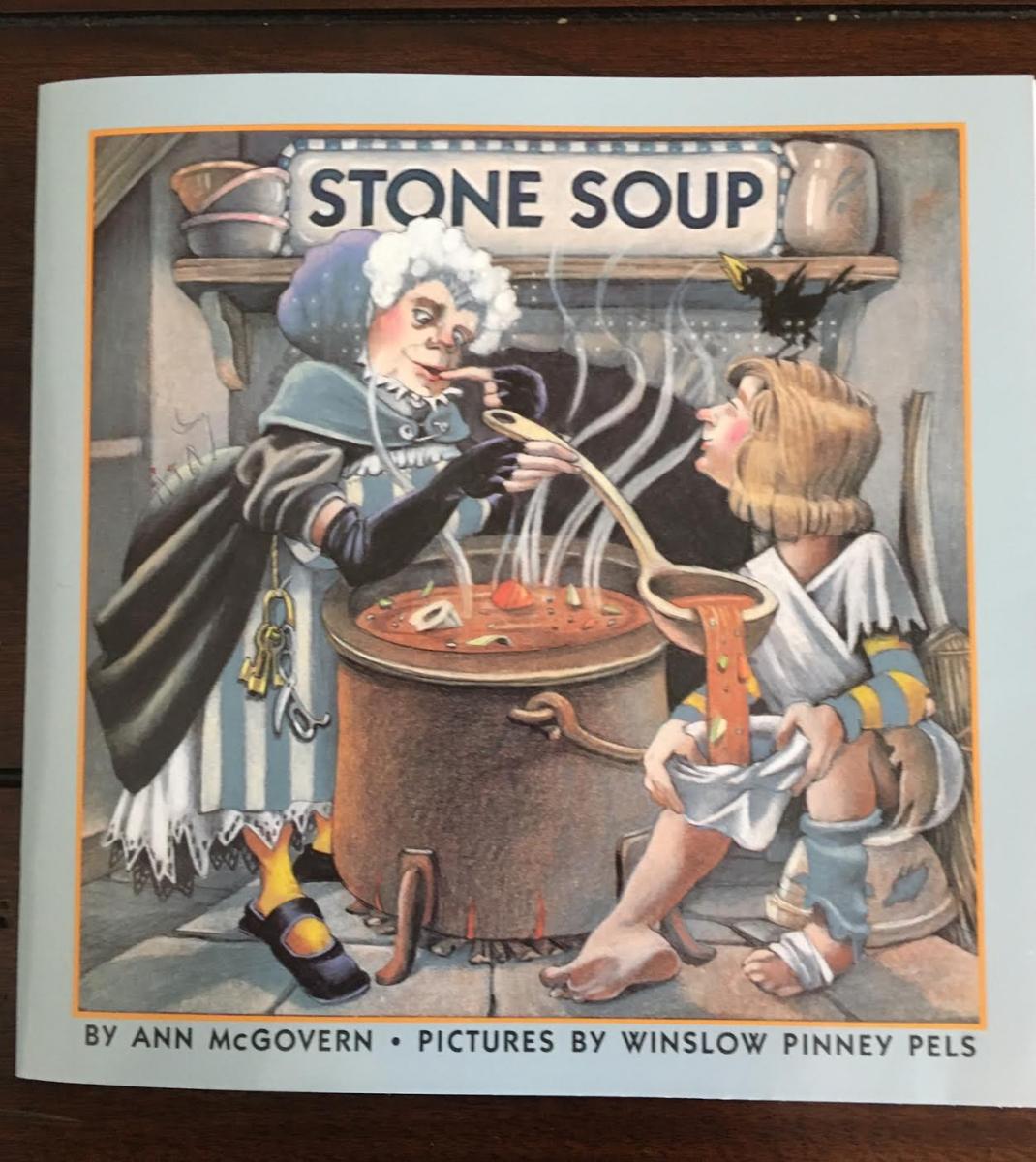
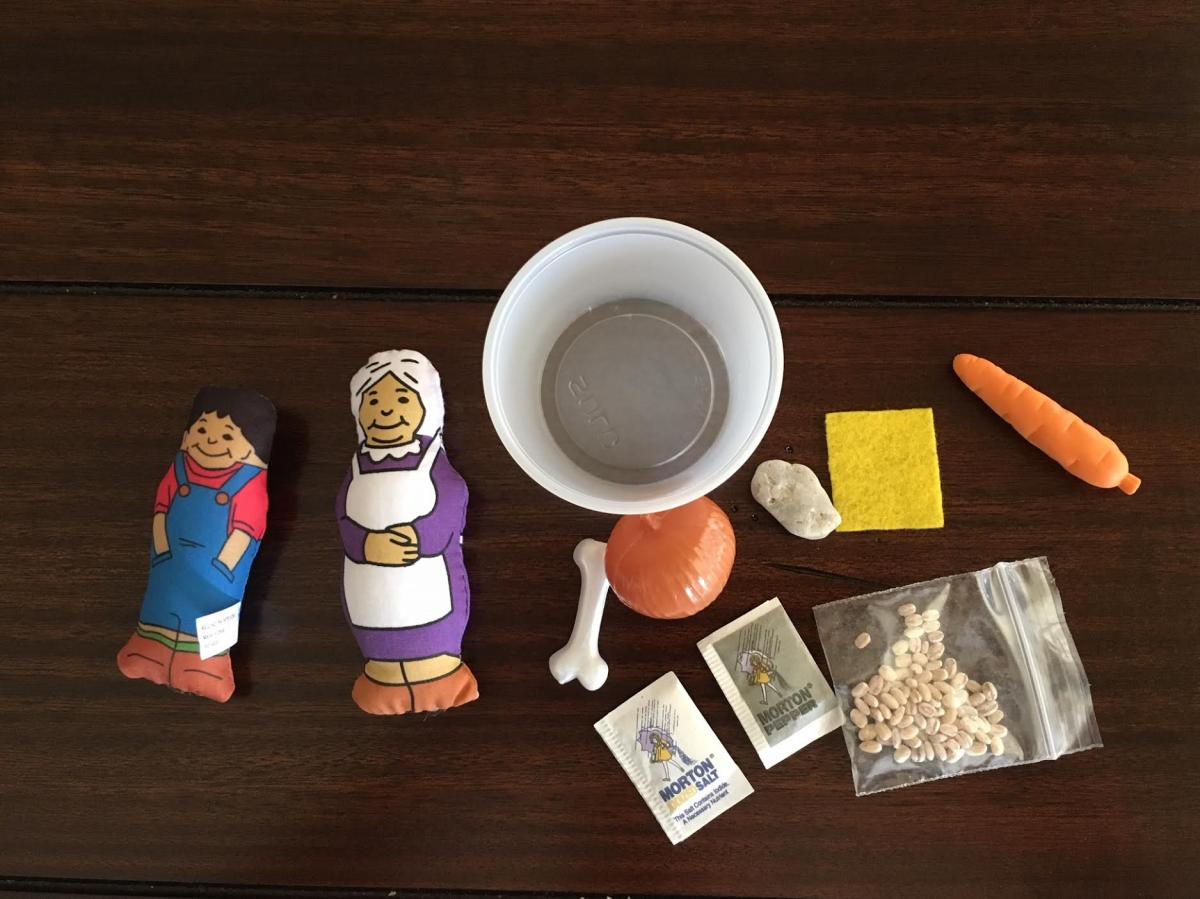
Getting Started
I purchased 9 books with my VI funds. I then typed the story, embossed it, and added the braille labels to the book.
Organizing the Use of the 3-D Storybooks
Once the books were ready with braille labels, I wanted to figure out the best way to use them with three of my students. These books lend themselves to differentiated learning and students of different levels can use the same materials with different activities. In one school where I have a beginning braille student and an intermediate braille student, both students will read the story, but do different activities. For example, the beginning braille student will work with the Speech Therapist, the OT and me on a number of different skill areas. He will focus on reading and comprehension with me, while the Speech Therapist will be working on vocabulary words and attaching meaning to those words. The OT will work on acting the story out using the pieces, using both hands together, and more.
The same 3-D Storybook can also be used with the intermediate student, who will be working on writing the story from another perspective. (she is going to take the state mandated test in writing this year and I’m trying to help her Gen. Ed. teacher prepare her for this.) She does not have speech therapy, but does have OT, where the activities will be focused on her fine motor strength, which is a weakness for her. So these two students will have the same book for a month, as they are on the same campus with the same Speech Therapist and OT.
The other beginning braille student is on a different campus and will use a different book. This student has both Speech and OT, as well as PT. The book will be left with her Life Skills teacher so the entire class can benefit from this collaboration. Her goal with me will be to familiarize herself with a braille book and tracking lines of braille while the story is read to her. Her Life Skills teacher plans to do an entire theme around the books used each month. The Speech Therapist will be working on vocabulary and attaching meaning to the vocabulary. The OT will do fine motor activities based on the books. The PT is planning to use the story when she can in her lessons.
The Benefits of a Collaborative Approach
The bottom line with this goal is for our braille students to have a great experience with the books. We hope that through this collaborative approach that they will develop a love for books once they can attach meaning to what they are reading. Collaboration has worked so well in the past for these students and it is our hope that this collaboration will help our students to reach the next level.
